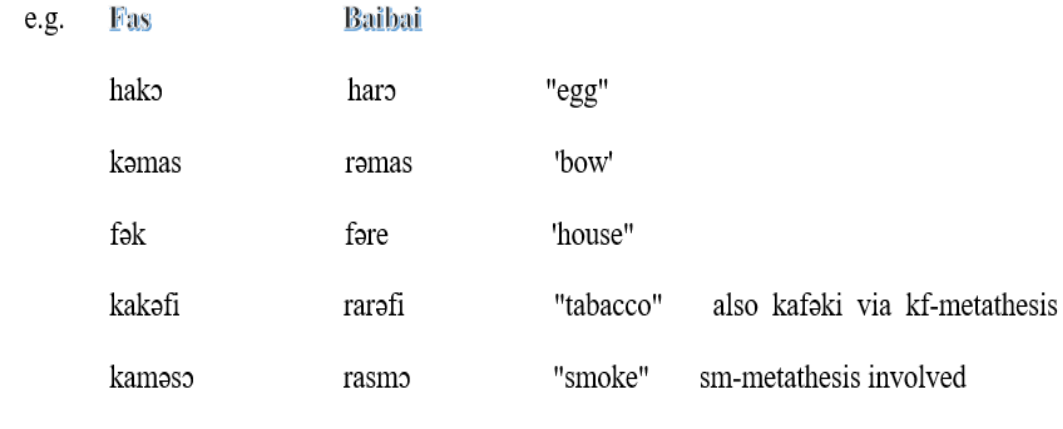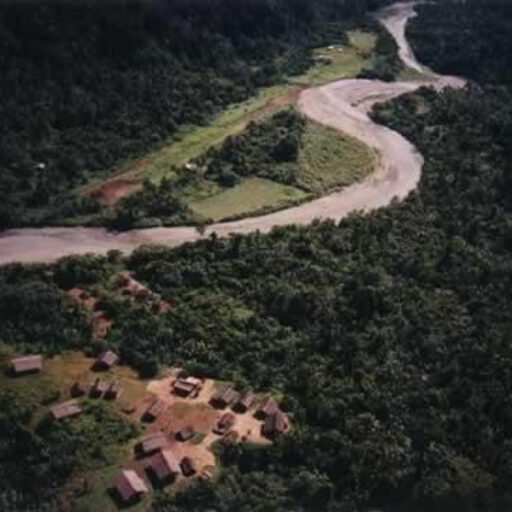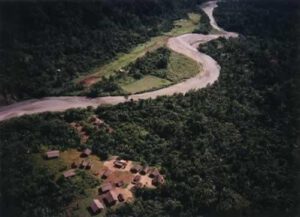Kilifas
Kilifas
Kilifas is the name of the Fas speaking village on the Yenebu river. When I left in 1989 the houses were situated on the northern bank of the river. Due to a severe flood, the river changed its course and the village has now moved to the other side. The name “Kilifas” has an interesting history. The Fas language does not have and ‘l’ and Fas speakers do not try and twist their tongues to pronounce it.
They call the village “KRIFAS”. Villages in this area are government induced. Patrol officers (called “KIAPs”) requested (if not required) the people who traditionally live in small clan size hamlets to have communual villages. These villages where then given names. Names were often based on the name of the rivers they were located on. Fas speakers added their own suffix –muy, which meant “people (of)”. So we get Finamoi (should have been Fine-muy), meaning “people of the river Fine”, also Fugumoi (really Fuky-muy ) and Savamui (possibly Saf-muy).
Aerial picture of Kilifas after it had been washed away by the Yenebu river and was rebuilt on the other side. (90’s)
So, back to the Kilifas mystery. There are two more villages officially called Fas, i.e. Fas 2 and Fas 3. These are locally called Tufas and Trifas (“Two Fas” and “Three Fas”). So where is “One Fas” ? Or just “Fas”? I have not been able to find an origin for the word “kili” or “kri“, not in Fas itself, neither in any neigbouring language nor in Malay which had its influence in the area. It is my belief that Kilifas was originally called / Trifas/, i.e “Three Fas”. An ‘l’ does seem to exist in Baibai, the closely related neigbouring language and there is very regular interchange of r and k in Baibai and Fas, where Fas has [k] and Baibai [r],

It seems quite probable that Baibai speakers reinterpreted [trifas] as [k(i)lifas] hearing a [k] and an [l] in [tr]. Subsequent patrol officers hearing it pronounced this way, then officially recorded it now as KILIFAS. With this “Trifas” out of the way there was room for a new “Trifas” (“Fas 3”) when it was discovered.

